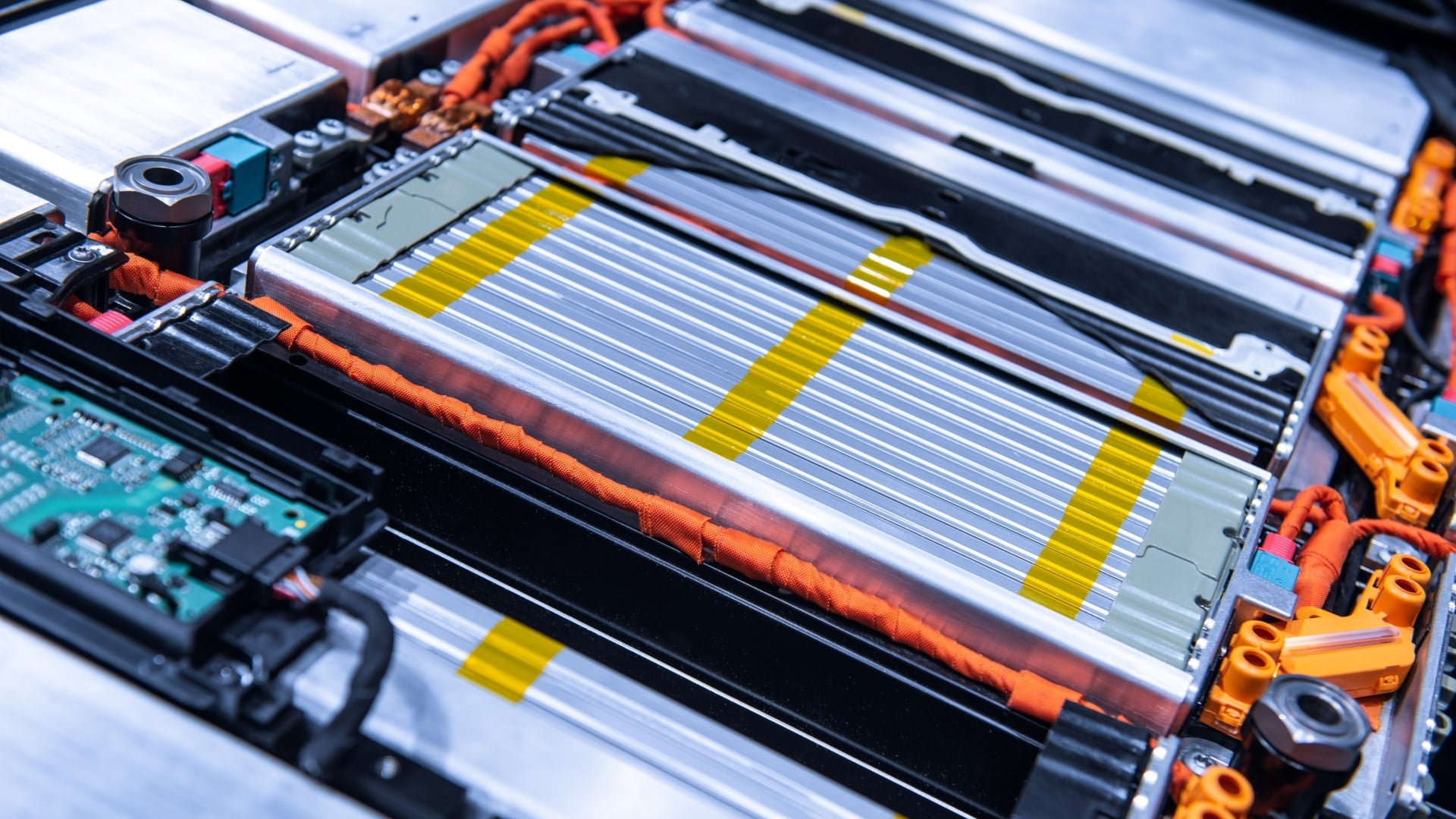
Inflated battery costs are causing major barriers to the widespread adoption of electric vehicles (EVs) as it hampers affordability. EV batteries account for 60% of the total battery electric vehicle (BEV) price, which is due to rise in accordance with raw material costs, with manufacturers and by extension, consumers having to shoulder the burden of the price increases.
Some manufacturers, such as Tesla, are shifting away from using cobalt in their batteries and towards lithium iron phosphate (LFP) technology. As a result, cobalt has experienced a slower price increase compared with lithium.
The key issue is that, while raw material prices are expected to rise amid sustained demand, it is still unclear whether supply will be able to match the demand. To address this issue, manufacturers are exploring different battery chemistries and technologies to reduce costs, optimize power density, and maintain battery safety.
Technological innovation will be key to reducing the costs of batteries and bringing EVs to a comparable level to Internal Combustion Engine (ICE) vehicles. Some predict this to happen as soon as 2025, while others say it may take until 2028. Once EV costs reach parity with ICE vehicles, it is likely to lead to a significant increase in electric vehicle ownership.
The future of battery technology
There are three main groups of new battery technologies that are expected to bring significant improvements in performance. Currently, various battery chemistries are being developed to increase power, range, charging capability, and reduce costs. One promising example is lithium-sulphur battery technology (LiSB), which is expected to become commercially available by 2030 and is based on cheaper materials.
Another promising development is solid-state battery technology, which uses an electrolyte made of solid material enabling higher energy density, reduced fire risk, and improved range, while minimizing the use of cobalt. Solid-state batteries are expected to be available on the market between 2026 and 2028.
Finally, lithium-air battery technology is still in the early stages of testing and planning, but it has the potential to offer a very high energy density of 500-700Wh/kg. This could allow vehicles to achieve ranges of over 1,000km (621 miles) on a single charge.
Reducing battery-related risk
As battery technology continues to evolve, vehicle values are likely to become more volatile, particularly for leased or financed cars with long-term contracts. Finance and leasing companies should be aware of this risk and consider the potential for some vehicles to become virtually unsellable due to insufficient range and charging capabilities. To minimize exposure to these risks, it is important for the industry to have a good understanding of current and future battery development and technology.


